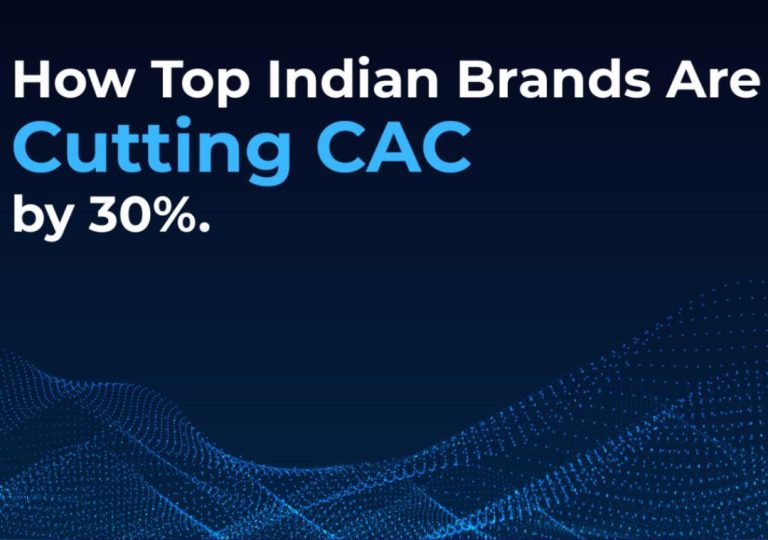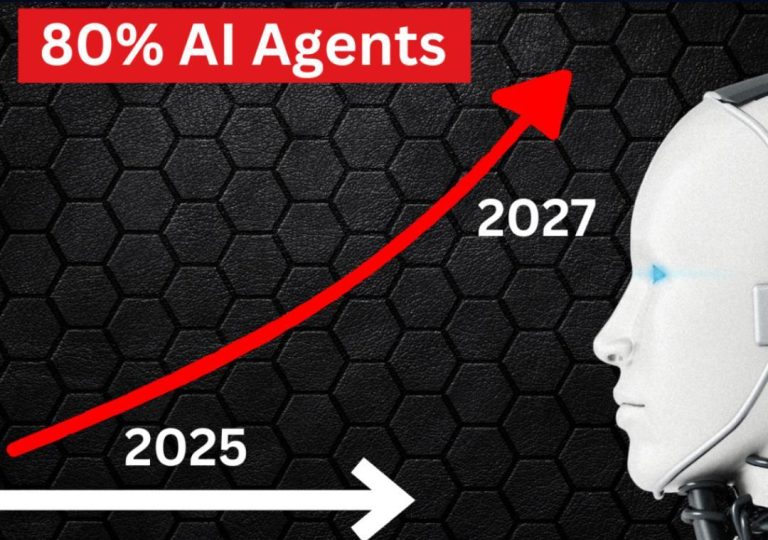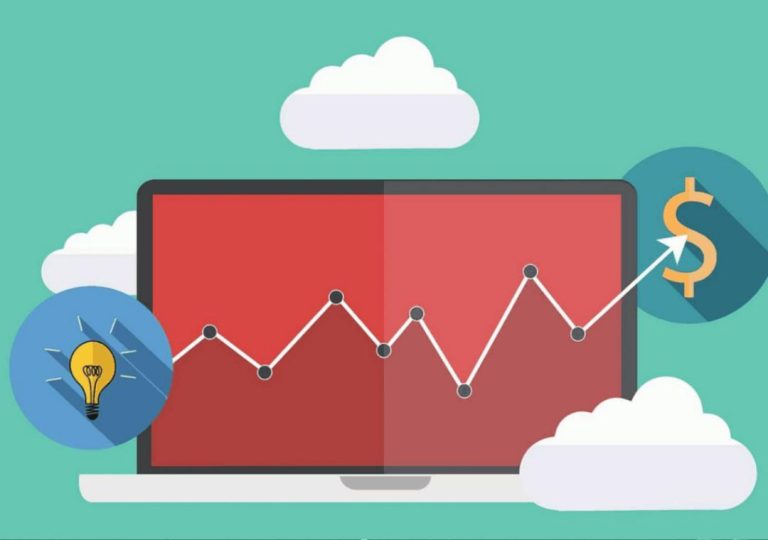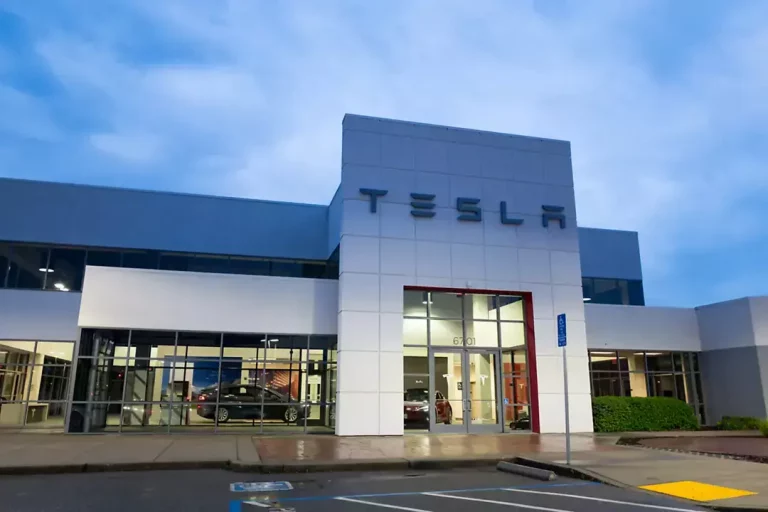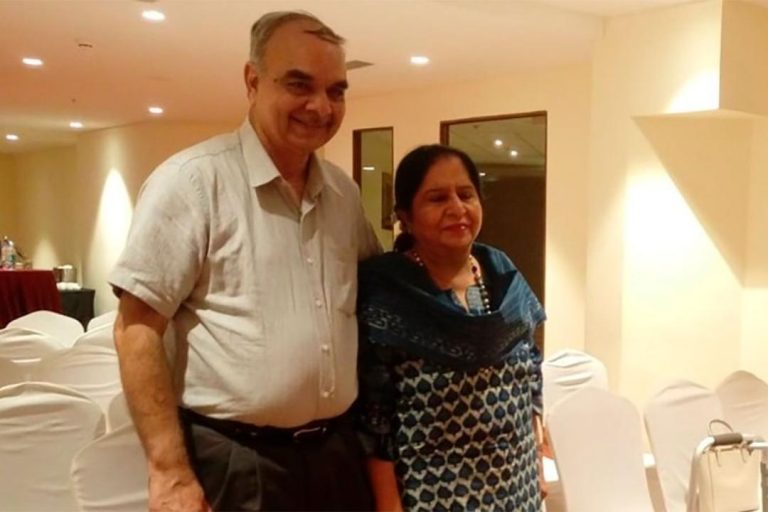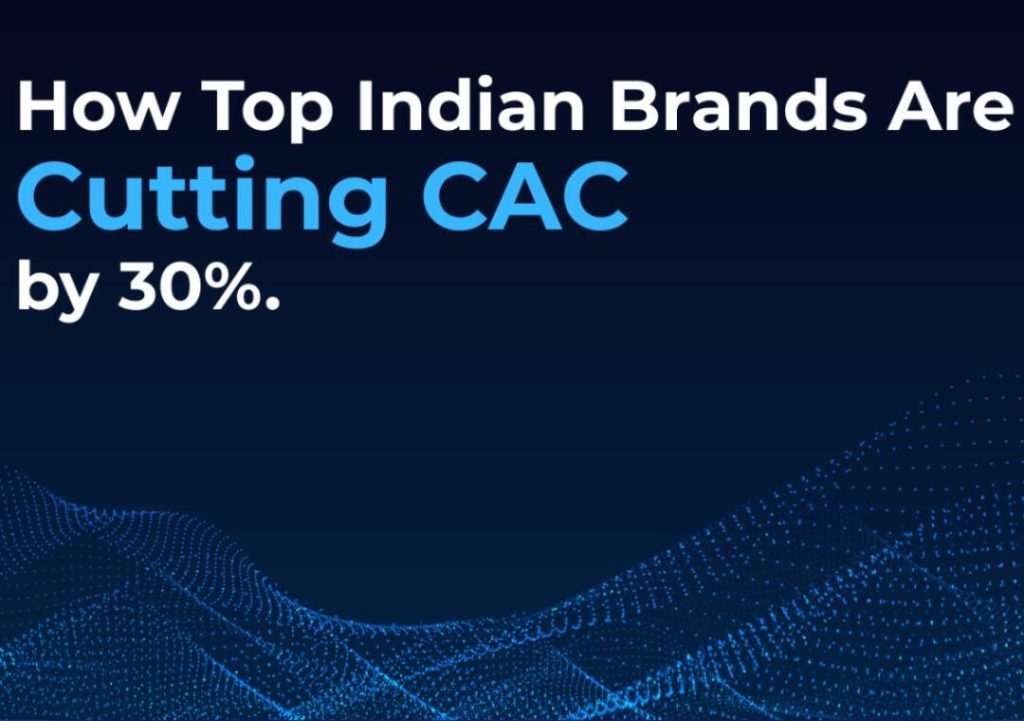
Indian Brands Slash CAC by 30% Using AI
In today’s competitive e-commerce landscape, Customer Acquisition Cost (CAC) is a major concern for Direct-to-Consumer (D2C) brands in India. With the rise of digital marketing, brands are struggling to make the most of their advertising dollars. However, a recent trend has emerged that’s changing the game for Indian D2C brands – the use of AI-powered predictive signals to identify high-intent users early in the funnel.
According to a recent report, leading Indian D2C brands are cutting their CAC by up to 30% by leveraging Intellsys’ predictive signals to target high-intent users. This innovative approach is revolutionizing the way brands approach customer acquisition, enabling them to make every ad dollar sharper, smarter, and more accountable.
So, how are Indian brands achieving this impressive reduction in CAC? Let’s dive into the details.
The Problem with Traditional Ad Campaigns
Traditionally, brands have relied on blanket campaigns to reach a wide audience. This approach involves throwing a vast amount of money at a campaign, hoping to attract a significant number of customers. However, this strategy is often inefficient, resulting in wasted ad spend and a high CAC.
The problem is that traditional ad campaigns don’t account for the complexity of the customer journey. They don’t take into consideration the various micro-moments that a customer experiences along the way, from initial awareness to conversion. As a result, brands are unable to pinpoint high-intent users, leading to a higher CAC.
The Power of AI-Powered Predictive Signals
Intellsys’ predictive signals are changing the game for Indian D2C brands. By leveraging AI-powered technology, brands can identify high-intent users early in the funnel, ensuring that their ad spend is targeted and effective.
Here’s how it works:
- Data Collection: Intellsys collects data on user behavior, including search queries, browsing history, and purchase patterns.
- Machine Learning Algorithms: The data is fed into machine learning algorithms that analyze user behavior and predict their likelihood of conversion.
- Predictive Signals: The algorithms generate predictive signals that indicate a user’s intent to purchase.
- Targeted Ad Campaigns: Brands can use these predictive signals to target high-intent users with personalized ads, increasing the likelihood of conversion.
By using AI-powered predictive signals, Indian D2C brands can:
- Reduce waste by 30%: By targeting high-intent users, brands can eliminate waste and optimize their ad spend.
- Increase conversion rates: Personalized ads that resonate with users’ interests and needs lead to higher conversion rates.
- Lower CAC: With a more targeted approach, brands can reduce their CAC by up to 30%.
Real-Life Examples of Success
Several Indian D2C brands have already reaped the benefits of AI-powered predictive signals. For instance:
- FabAlley: A popular fashion brand in India, FabAlley used Intellsys’ predictive signals to target high-intent users. The result? A 25% reduction in CAC and a 15% increase in conversion rates.
- BoAt: A leading electronics brand, BoAt leveraged Intellsys’ technology to identify high-intent users. The outcome? A 30% reduction in CAC and a 20% increase in conversion rates.
Conclusion
In conclusion, Indian D2C brands are slashing their CAC by up to 30% by using AI-powered predictive signals to identify high-intent users early in the funnel. By leveraging Intellsys’ technology, brands can make every ad dollar sharper, smarter, and more accountable.
As the e-commerce landscape continues to evolve, it’s clear that AI-powered predictive signals will play a crucial role in shaping the future of customer acquisition. By embracing this innovative approach, Indian D2C brands can stay ahead of the competition and drive growth.
Source: https://www.growthjockey.com/blogs/how-top-indian-brands-are-cutting-cac-by-30-with-intellsys
